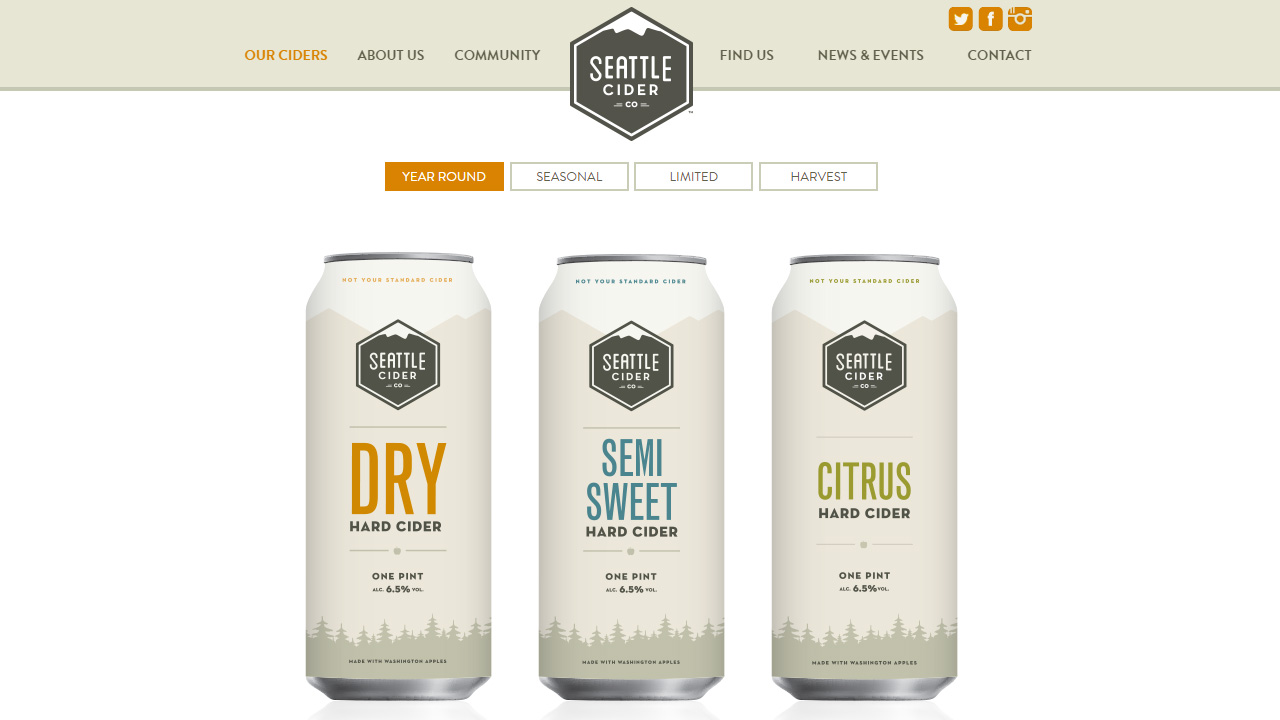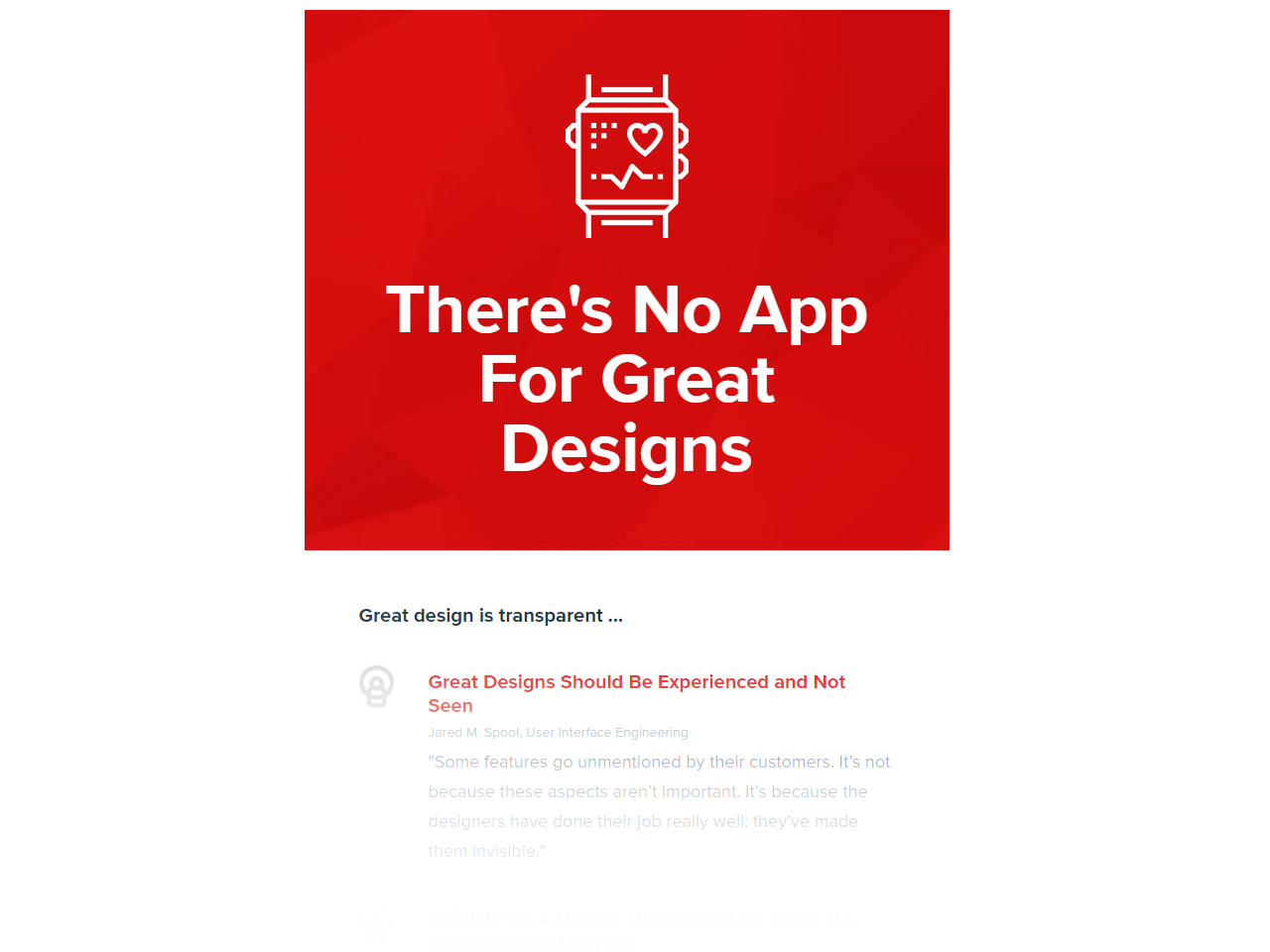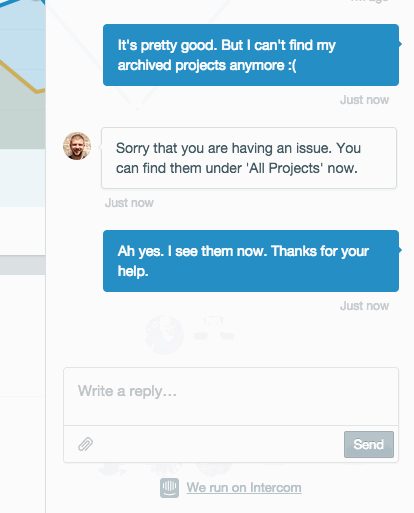Customization and personalization are much too common these days thanks to the Internet. Companies such as Google use your search data to build trends and habits so that it delivers targeted ads whenever you are surfing. With this, people are getting more of what they want and this has created a generation of users who expect certain things or features without them realizing.
The online shopping experience has also gone through a similar story as users become more accustomed to shopping online. Features such as a product gallery or a shopping cart become essentials to an e-commerce platform. Online retailers are going out of their way to make users have a pleasant time on their website, hoping to entice them to stay longer, purchase products, and come back again in the future.
There is strong evidence everywhere that personalization creates a better shopping experience for online shoppers. Here are some methods that businesses use to achieve this.
Featured products

Example of a product focused homepage Seattle Cider Company.
The homepage on your website is the largest piece of real estate that the user will land on. Making good use of this space is essential to creating a good first impression, and also to showcase certain products or services on your website. By default, many users prefer entering a website by its default domain. Because of this, you have a few seconds to convince them to stay before they hit ‘back’.
Start by selecting the products that are most important to your business, but also to your customers. If your online business sells scented soap bars, then you’d want to have that up front because your users came to your site looking for these. Make sure that these recommended products have been reviewed to ensure that your site is pushing sales for a high quality product. You don’t want angry customers as their foul experience can influence other users.
Read seasonal patterns. If winter is around the corner, maybe it’d be best to push heavy coats or Christmas ornaments. By matching your products to holidays and seasons, your users are likely to find what they are looking for.
User generated content

Amazon products have a ton of reviews on their products.
User generated content is a thing that most of us do without realizing. For instance, when you take a picture and upload to Instagram, you are actually creating content on that platform. Social media websites like Facebook has the post and comment features that give users the ability to create and share content on the fly.
For your online store, user generated content can come in the form of product reviews. Customers who have a strong opinion about a product, whether good or bad, would write about it if a review section is available to them. If the review is positive, other users will see the product as a good, safe and high-quality. On the other hand, products with bad reviews, can flag you in advance on what to do with it. There’s likely a reason why customers don’t think that it’s good and this is a good way of finding out. So all in all, both customers and the business can benefit from user reviews.
Easy social media sharing

Sharing is caring. Here’s what we use on Stampede Blog to share articles.
Sharing is a big part of social media. As people, we often share things that we think may be interesting to others along with ourselves. We share links, videos, blog articles and even products asking others on their opinion about it. There is a strong validation when it comes from others.
The content on your website should be easily shared. No one likes to copy a page’s URL and paste it into Facebook if they can’t help it. Your core pages like the homepage, landing pages and content pages should have an area which houses links to share on various social media platforms. Common ones are Facebook, Twitter and Google +. Make sure the meta data has been inserted so that when users share the content, they don’t have to go out of their way to describe the product.
It doesn’t have to be just products alone though. If you have a company blog, you can also allow readers to share content from there, and it will indirectly create traffic to your site. Take some time to analyze your online store and figure out what pages you’d want to share with others, then implement social link sharing on those pages.
Personalized newsletters

At Stampede, our newsletters are actually catered to three distinct groups of subscribers. You can do the same with your own.
Newsletters have always been used in the past for brands to advertise their wares. The same could be said about electronic newsletters, better known as EDMs (Electronic Direct Mail) on the web. By utilizing the data collected from your users accessing your website, you can tailor the type of content they see on your newsletters. Some advanced email marketing platforms can even change portions of a single EDM template to suit the content to a specific target market that’s on the subscriber list.
As an online store, you probably have some form of registration on it. During this process, you can nudge users to also subscribe to a newsletter detailing the newest products and recommendations. Specific data can be based off their account’s registered details and shopping history. When a user receives a personalized email, they are more likely to spend more time glancing at it.
Live chat and chatbots

An example of how Intercom looks like. When installed, it sits at the bottom of the screen and can be expanded when it is clicked on.
This is one of the best ways to engage with your customers. By allowing them to contact your support team directly, the customers will feel like there is always someone on standby, helping them out. In a brick and mortar store, store clerks are there to help customers in finding things and also answering related questions. Live chat is how this is done online.
A problem that stems out of this however is that you need to assign someone to this support chat who is both knowledgeable and is able to deal with the occasional difficult customer. To circumvent this, live chat services such as Intercom, have developed a way to prepare structured questions that will respond to the customer. The customer follows the answering format and the ‘AI’ act how it is programmed to lead the customer to their solution. This requires a lot of thought and set up, but the results will be worth it.
Conclusion and other tips

Personalization is not limited to targeted content marketing to users, but also how the website is built for the users. Make sure your website is mobile-friendly as more and more people are now shopping online via their mobile phones and tablets. Another thing you can do is to create a smooth checkout process that eases the user into making that confirmed payment instead of dropping out.
The key is to have emphathy to your users, understand what they want, give it to them, and make the experience a blast. Before that, you have to know who your users are and what they are looking for on your online store.
I hope this write-up has been helpful to you and make sure to check out our other e-commerce articles. If you have any questions regarding this topic, feel free to drop a comment down below and we’ll respond to you at the soonest. Thank you for reading.
